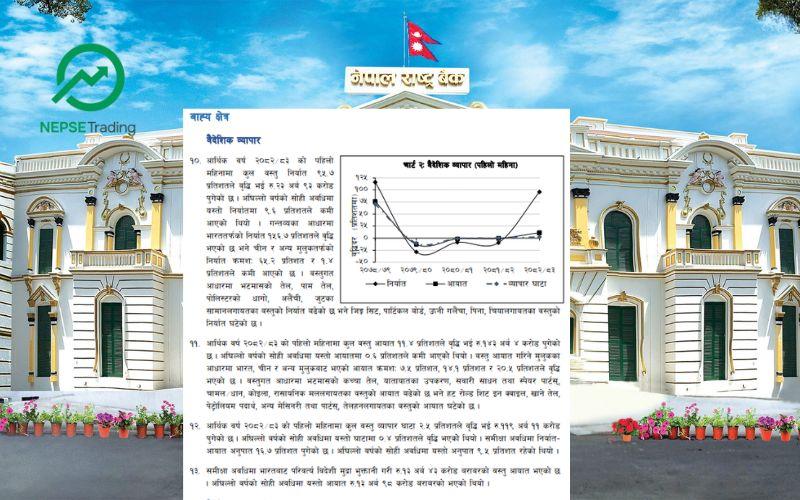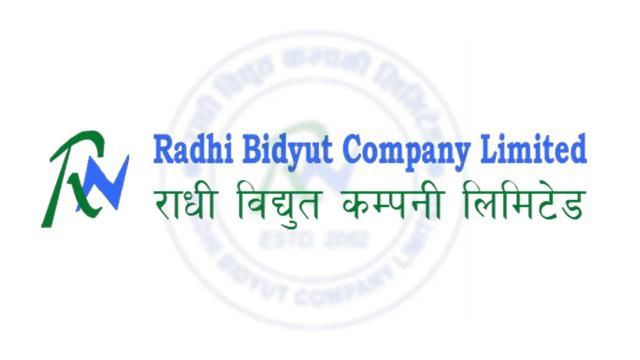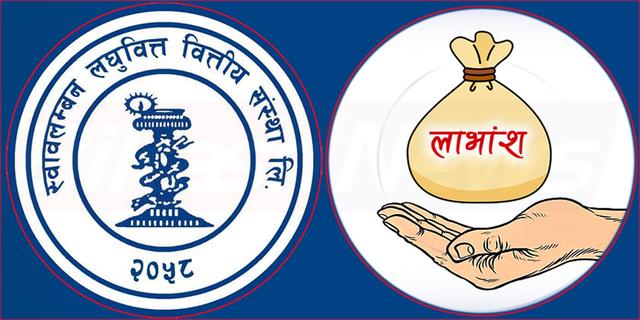Exports Surge by 95%, Imports Rise 11%, Trade Deficit Still Deep
Author
NEPSE TRADING

Nepal’s external trade in the first month of FY 2082/83 showed mixed outcomes. Exports rose sharply, almost doubling compared to last year, but imports also continued to expand at a double-digit rate. As a result, the trade deficit, though slightly moderated, remained very high.
Exports Nearly Double
In Shrawan, total merchandise exports jumped 95.7 percent to NPR 23.93 billion. Last year in the same period, exports had actually fallen by 9.6 percent.
By destination, exports to India surged by 156.7 percent, while exports to China fell by 65.2 percent, and to other countries declined by 14 percent.
In terms of commodities, exports of soybean oil, palm oil, polyester yarn, cardamom, and jute goods increased significantly. On the other hand, exports of zinc sheets, particle boards, woolen carpets, foam, and tea decreased.
Imports Rise by 11.4 Percent
Total merchandise imports grew 11.4 percent, reaching NPR 143.04 billion. In contrast, imports during the same period last year had declined by 0.6 percent.
By country, imports from India rose by 7.5 percent, from China by 14.1 percent, and from other countries by 20.5 percent.
At the commodity level, imports of crude soybean oil, transport equipment, vehicles and spare parts, rice and paddy, coal, and chemical fertilizers increased. However, imports of hot rolled sheets, edible oils, petroleum products, other machinery, and oilseeds declined.
Trade Deficit Widens Slightly
Despite strong export growth, the import volume remained much higher, leading to a 2.5 percent increase in the trade deficit, which stood at NPR 119.11 billion. Last year during the same month, the deficit had increased by only 0.4 percent.
The export–import ratio improved to 16.7 percent, up from 9.5 percent in the same period last year, showing some progress but still highlighting Nepal’s structural trade imbalance.
Payments to India
During the review period, NPR 13.43 billion worth of imports from India were paid for in foreign currency. This figure was slightly lower than last year’s NPR 13.98 billion, but India remains Nepal’s dominant trading partner, contributing heavily to the overall trade gap.
Analysts see the sharp rise in exports as an encouraging sign, particularly in agro-based and industrial products like oils and cardamom. However, reliance on imports of petroleum, machinery, and transport equipment continues to weigh heavily on Nepal’s trade balance.
Experts warn that unless export promotion and import management are pursued in tandem, the country’s trade deficit will remain a long-term structural challenge for the economy.



